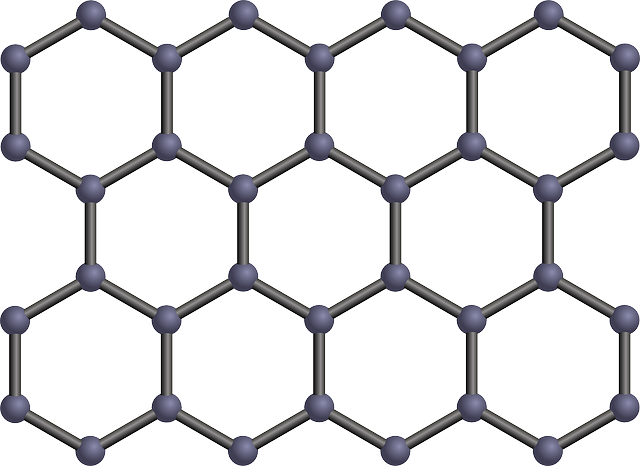It is a well-established fact that there is far more to graphene than meets the eye. It is just a one-atom-thick layer of graphite, meaning it is one million times thinner than the diameter of a human hair. Yet it is the strongest man-made material ever made — 200 times stronger than steel, in fact. It also conducts electricity 13 times better than copper and conducts heat at enhanced levels as well. And finally, it is lightweight, flexible and corrosion-proof.
That means it has implications in a wide variety of fields, including electronics, robotics and even the medical sector. Beyond that, there is graphene’s potential when used as part of a composite material, usually with resins or polymers (and often in the tiniest of amounts). Given all the factors just mentioned, that has wide-ranging implications as well, particularly for the transportation industry.
Certainly researchers are just scratching the surface with graphene, as it was only discovered in 2004. There are miles to go. There is much to be discovered. But for now, it is interesting to note that one of the first companies to make headway with this material was in fact HEAD, a sporting-goods company known for its tennis rackets.
In 2013 it produced a graphene-based racket that was 30 percent stronger and 20 percent lighter than its predecessors, then developed lightweight, flexible skis using the same substance. Also notable was the development of graphene-based golfballs by Callaway.
Philip Rose, CEO of the Michigan-based graphene nanoplatelets manufacturer XG Sciences, told the website Compositesworld.com that the impact of innovation in the sporting-goods industry, given its high profile, “can become quite broad” across other sectors.
Rose’s company, for instance, partnered with Ford Motor Company to develop components in the F-150 Truck and Mustang that included graphene-laced polyurethane foam. It was found that that resulted in a 17 percent noise reduction, a 20 percent improvement in mechanical properties and a 30 percent improvement in heat endurance.
Fiat and Lamborghini have also used parts involving graphene composites, as has the Briggs Automotive Company, which makes single-seat, street-legal sports cars.
The aviation industry has also delved into graphene composites, notably using them in the construction of planes’ wing and tail sections. The Graphene Flagship, a 10-year, $1 billion research program launched in January 2013 by the European Union, has partnered with Airbus to develop graphene-based de-icing systems for aircraft, and the industry-wide hope is that composites involving that substance can go a long way toward making planes lighter, more fuel-efficient and more environmentally friendly — no small consideration, considering the transportation industry gobbles up 33 percent of the world’s energy and in the U.S. alone contributes 28 percent of the greenhouse gas emissions.
The bottom line is that graphene — amazing as it is on its own — is capable of contributing even more when used in combination with other materials. We are only beginning to see its possibilities, as this is an ongoing process, with other developments undoubtedly just over the horizon.

